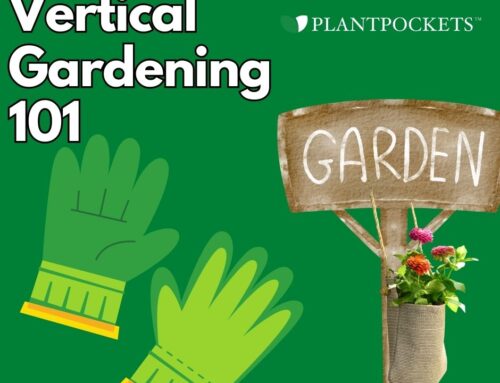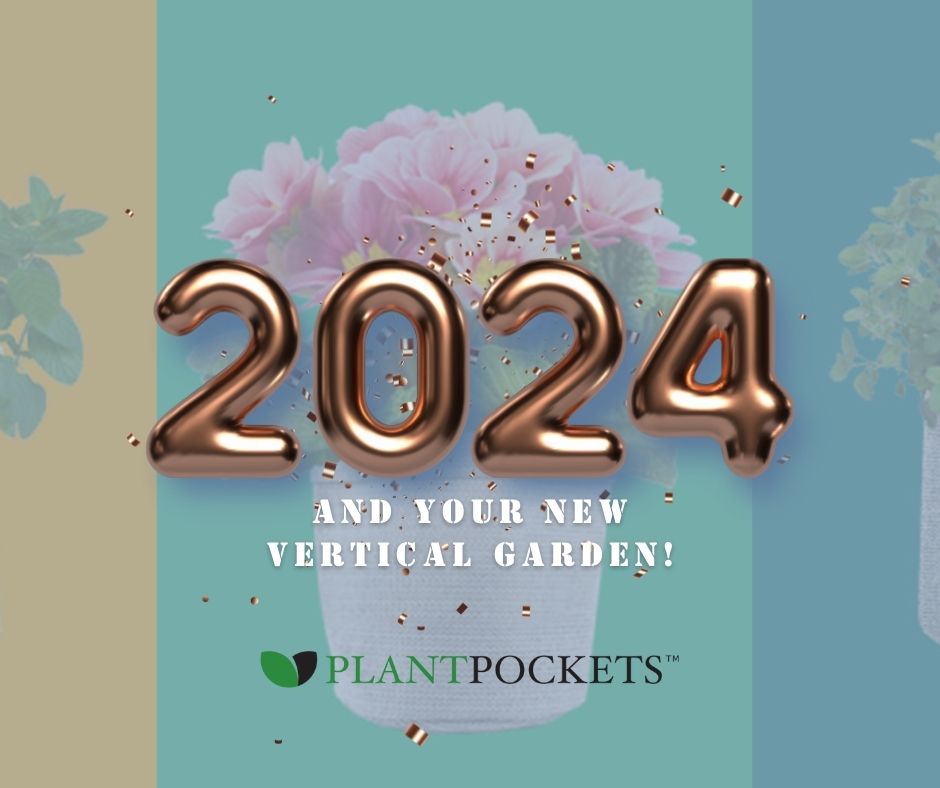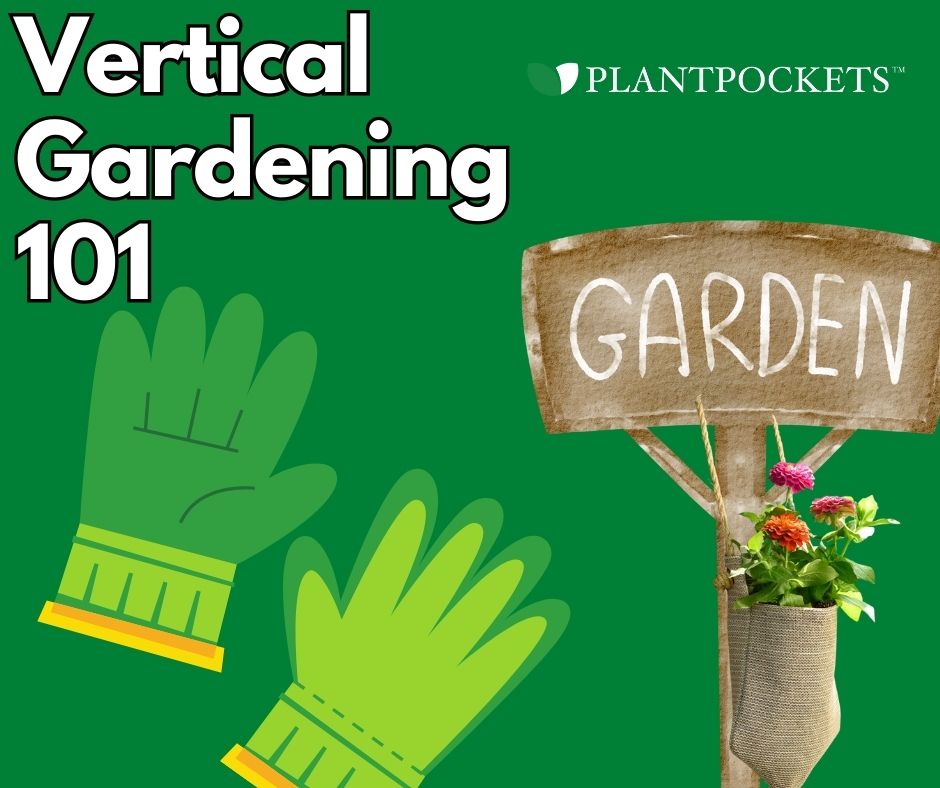Top Tips for Growing Garden Herbs Indoors
Growing garden herbs indoors can be a rewarding and convenient way to have fresh herbs at your fingertips throughout the year, especially during colder months. Here are some important tips to help you successfully grow herbs indoors:
Choose the Right Herbs:
Not all herbs thrive indoors. Some herbs that do well indoors include basil, mint, chives, parsley, cilantro, thyme, and rosemary.
Select the Right Containers:
Use well-draining containers with drainage holes such as a PLANTPOCKETS™ growbag to prevent overwatering. PLANTPOCKETS™ utilize knitted materials, and the bags are designed with “RIP STOP” technology, ensuring they won’t tear, ravel, or deteriorate over time. Its innovative design promotes optimal oxygen airflow to the roots, facilitates exceptional drainage, minimizes heat build-up, and propels crop growth and yield.
Provide Adequate Light:
Herbs need a lot of light, preferably 6-8 hours of direct sunlight per day. If natural light is limited, use grow lights to supplement. Place the herbs near a south-facing window if natural light is available.
Control Temperature and Humidity:
Herbs generally prefer temperatures between 60-70°F (15-21°C). Also, maintain good air circulation to prevent mold and mildew growth.
Watering:
Herbs prefer slightly moist but well-drained soil. Water the herbs thoroughly when the top inch of the soil is dry. Be careful not to overwater, as herbs do not like to sit in waterlogged soil.
Fertilize Regularly:
Use a balanced liquid fertilizer every 4-6 weeks to ensure your herbs get the necessary nutrients.
Pruning and Harvesting:
Regularly prune your herbs to encourage bushier growth. When harvesting, avoid taking more than one-third of the plant at a time. Use sharp scissors or pruning shears.
Keep an Eye on Pests:
Check your herbs regularly for signs of pests such as aphids or spider mites. If you notice any pests, remove them immediately.
Proper Soil:
Use a well-draining potting mix that’s specifically formulated for herbs. You can also create a mix by combining regular potting soil with perlite or sand for improved drainage.
Rotate Your Herbs:
If you’re growing herbs indoors, they might tend to lean towards the light source. Rotate the pots regularly to ensure all sides receive equal sunlight.
Be Patient and Observant:
Every herb is different, and it might take some trial and error to figure out what works best for each type. Pay attention to the specific needs of each herb and adjust your care accordingly.
Consider Companion Planting:
Some herbs thrive when planted together. For example, basil and tomatoes are known to complement each other when grown in close proximity.
By following these tips, you can create a successful indoor herb garden that provides you with fresh and flavorful herbs for cooking and other purposes all year round!





